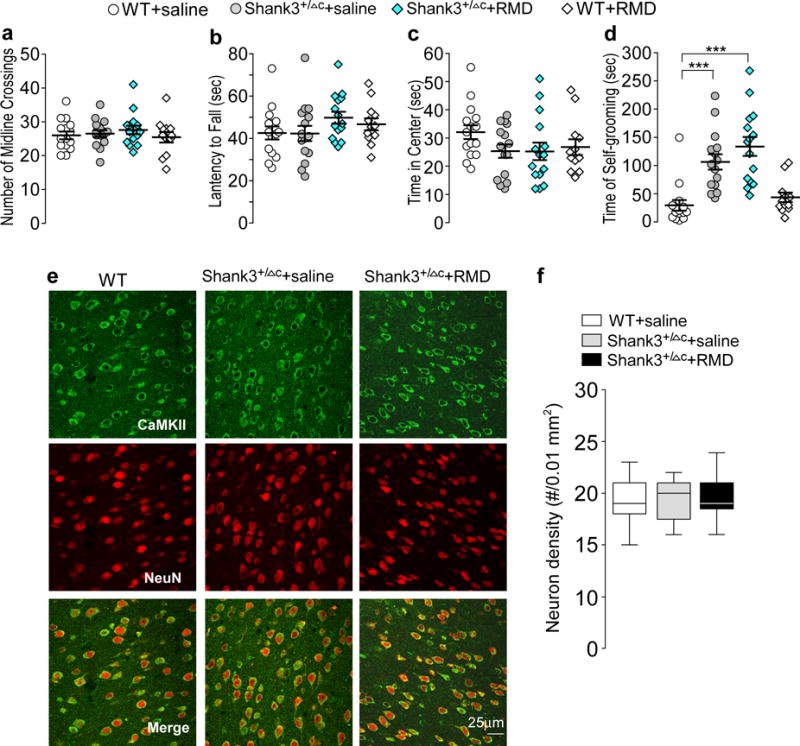Figure 2. Romidepsin treatment does not affect locomotor or anxiety-like behaviors or neuronal survival in Shank3-deficient mice.

(a-d) Scatter plots showing a variety of behaviors in saline-injected WT (n=15), saline-injected Shank3+/ΔC (n=15), romidepsin (RMD, 0.25 mg/kg, 3×)-treated Shank3+/ΔC (n=15) and RMD-treated WT (n=12) mice, including the number of midline crossing in locomotion tests (a), the latency to fall during rotarod tests (b), the time spent in the center during open-field tests (c), and the time spent self-grooming (d). In (d), F1,53(treatment)=2.55, P=0.117; *** P<0.001, two-way ANOVA. (e, f) Confocal images (e) and quantification (f) of layer V prefrontal cortical neurons (immunostained with α-CaMKII and NeuN) in WT or Shank3+/ΔC mice treated with saline or romidepsin. Slices were collected for immunostaining at 4-5 days post-injection. n=27 images/3 mice each group. All animals used are males (5-6 weeks old). Data are presented as mean ± SEM (a-d) or median with interquartile range (f). Each set of the experiments was replicated for at least 3 times.
